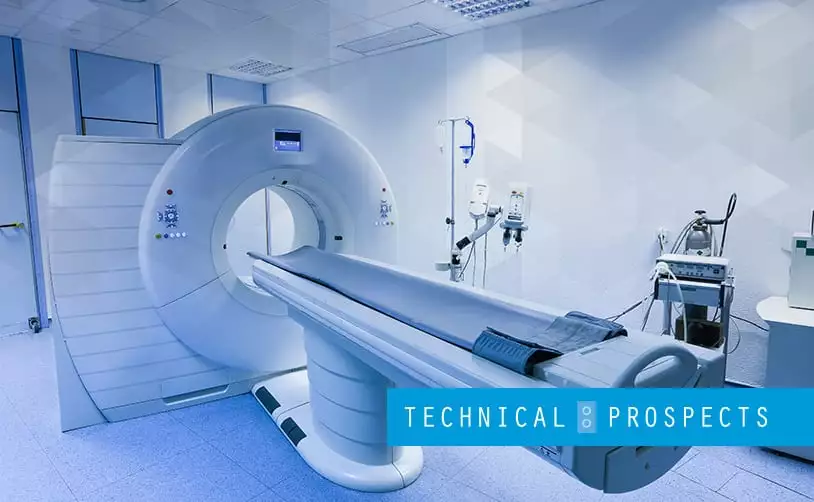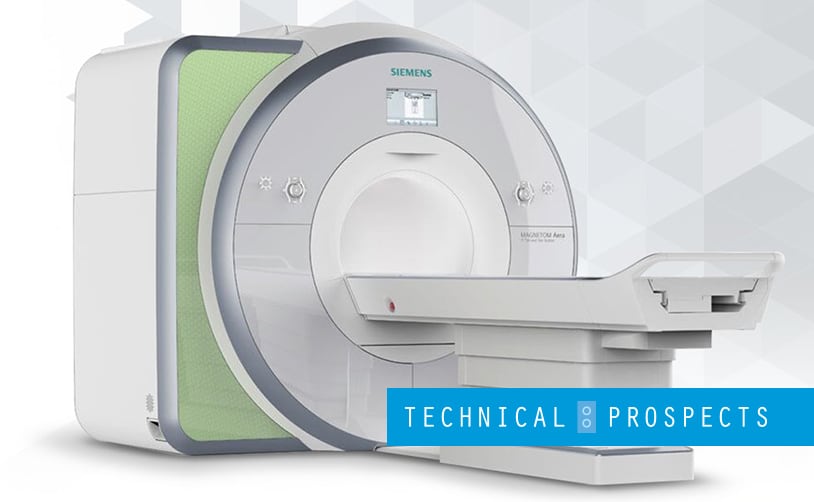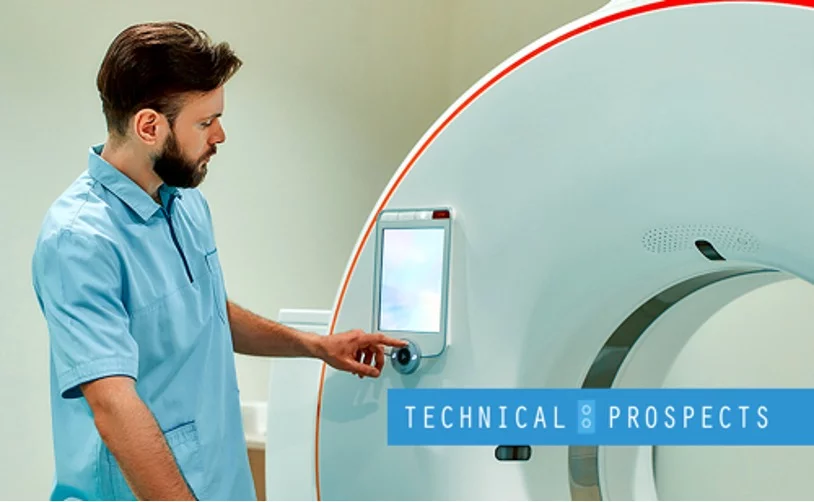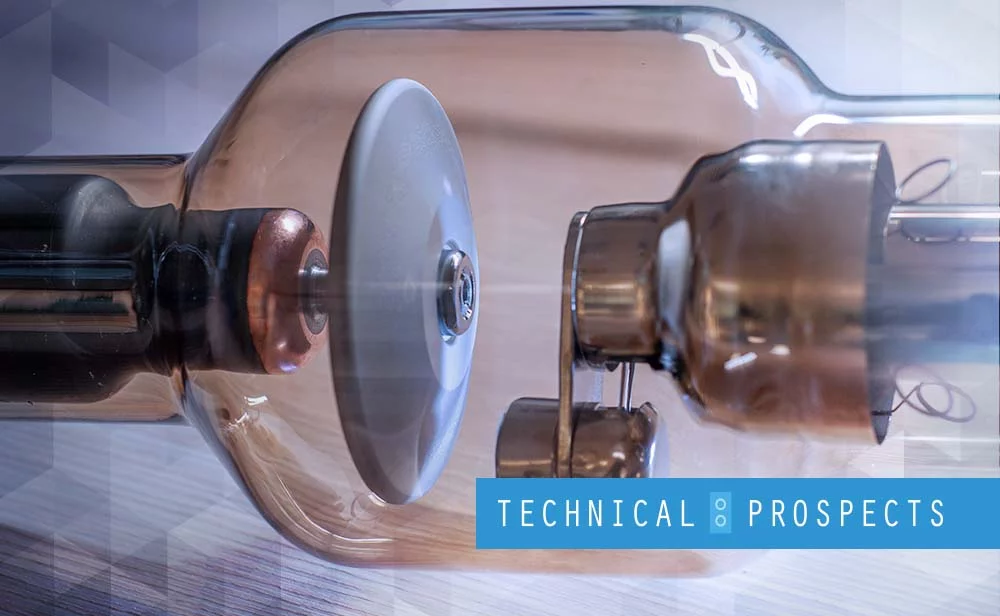
MRI coils are essential components in Magnetic Resonance Imaging (MRI) that play a critical role in producing high-quality images of specific body parts. Each MRI exam is unique, tailored to the capabilities of the coil being used.
Function of MRI Coils:
Signal Reception and Transmission: MRI coils are responsible for receiving radio frequency signals emitted by the MRI machine and transmitting these signals to a computer. This process is crucial for generating the images used for diagnosis.
Safety: These coils pose no health risks or dangers to the body, making them safe for use in medical imaging.
Diverse Designs for Specific Body Parts:
Varied Types: MRI coils come in different designs to suit various body parts. Some are frame-like structures that fit over the specific area to be scanned, while others are more inconspicuous and may not be noticeable to the patient.
Flexibility: Certain coils are flexible and can wrap around the body, secured with Velcro for a snug fit.
Specialized Coils for Brain Scans: For brain imaging, helmet-like coils are used. These are placed over the head, similar to putting on football gear, and have openings to allow patients to see out during the scan, particularly in upright MRI scenarios.
Overall, MRI coils are fundamental in ensuring accurate and high-quality imaging for a wide range of medical diagnostic purposes.
Types of MRI Coils
Whether you’re an MRI technologist or workaround an MRI machine, you’re likely to come across more coils than you can choose from. We’ve broken down the various types of coils and their purpose:
1. Gradient Coils
These coils create a secondary magnetic field to distort its primary field. Gradient coils allow spatial encoding of MRI signals. Some GCs include Figure 8, Maxwell, Golay, Helmholtz, Paired Saddle, and Shielded Gradient.
2. RF (Radio Frequency Coils)
RF coils are both transmitters and receivers. As a transmitter, they generate oscillations or rotations perpendicular to the Bo (static main magnetic field). As a receiver, they detect MR signals.
3. Surface Coils
Unlike RF coils, the surface variety is receive-only. They boast excellent signal-to-noise ratios for tissues adjacent to the coil. The further from the tissue, the less sensitive it becomes. Most technicians use surface coils for spines, shoulders, joints, and smaller body parts.
4. Volume Coils
These coils provide a homogenous RF excitation across a large volume of the skin, such as in whole-body imaging. Some volume coils are smaller, ideal for the head and other extremities. Typical designs include the Birdcage, Saddle, and TEM.
5. Shim Coils
Shims provide auxiliary magnetic fields to adjust the homogeneity of their primary domain. Technicians use them before operating the magnet.
6. Array Coils
Array coils are a cross between the benefits of smaller and larger coils. They span Coupled, Isolated, and Phased types.
7. Extremity Coils
As its title suggests, extremity coils cover ankles, wrists, elbows, shoulders, and other smaller body parts.
Conclusion
Coils are a combination of physics and design and play various roles in the MRI sphere. You can better equip your clinic by knowing each type of coil and understanding its purpose within your specific machine.
Need a quote or more information on MRI coils? Just shoot us a message.






